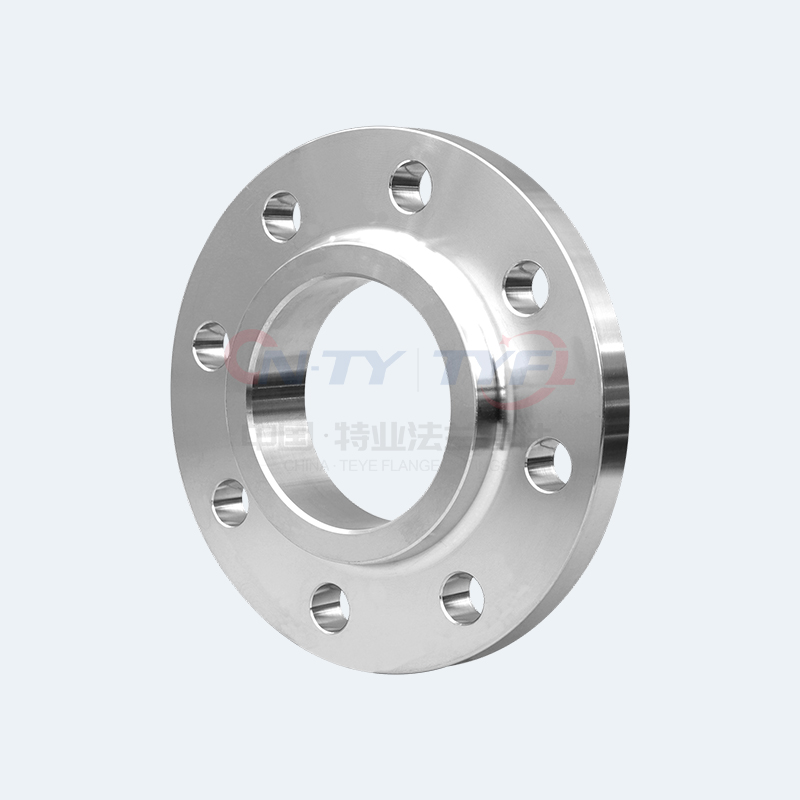Every household installing natural gas may not know what a natural gas flange is. Natural gas flanges are used between gas transportation distribution pipelines and equipment such as gas pressure regulation and metering. Simply put, natural gas insulated flanges are used to seal pipelines, with dual characteristics of insulation and sealing. We usually divide insulation flanges into pressure sealing insulation flanges and self sealing insulation flanges.
So what are the characteristics of insulated flanges? It can generally achieve the protective effect of buried pipelines, electrical insulation, and safe transportation of oil, gas, water, and other media; It can also achieve connectivity.
What are the advantages of insulated flanges? One can achieve the required electrical insulation performance, and the other can work under pressure for a long time with high sealing performance. The most important thing is that the temperature should be below 100 degrees Celsius and the pressure range should be between 0.6PA and 16PA. Some people may ask about the transportation of media such as oil, gas, and water. Insulated flanges can all achieve good anti-corrosion effects and connect insulation.
The insulation flange can now fully meet the installation needs of our country, and engineers have also made many improvements to improve the product performance. Both in terms of joints and practical applications, insulation flanges have made many improvements.
Breakthroughs in detail issues. The design of insulated flanges for products is very exquisite, with high requirements for both the sealing performance of steel pipelines and anti-corrosion engineering. The insulated flange has a simple structure and is safe and reliable to use, earning praise from many users.
Now when asked about insulation flanges or seeing them, they are no longer unfamiliar. They also know that insulation flanges include a pair of steel flanges, as well as seals, fasteners, and insulation parts; And a pair of steel short pipes.

